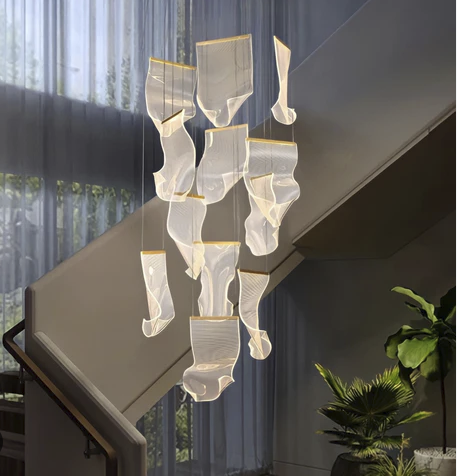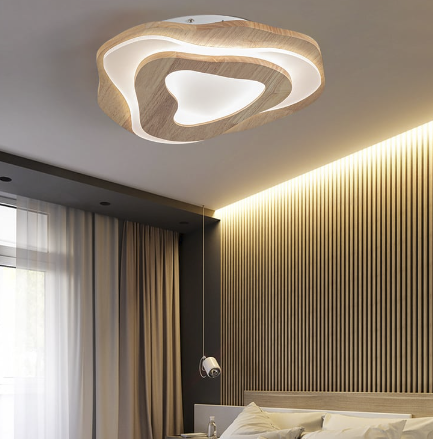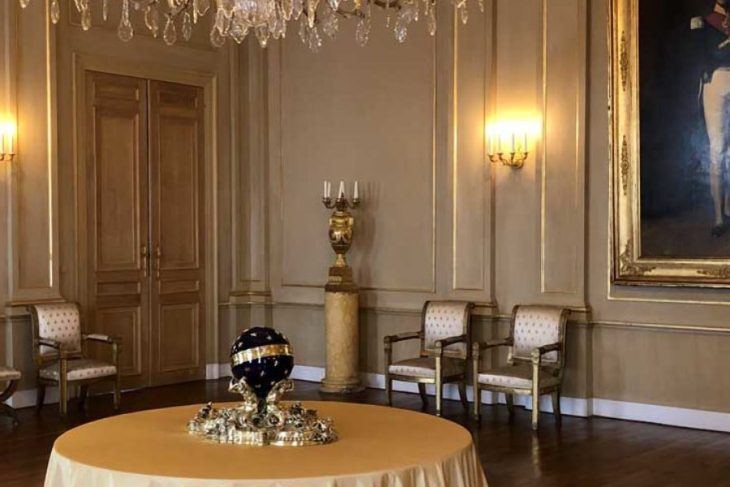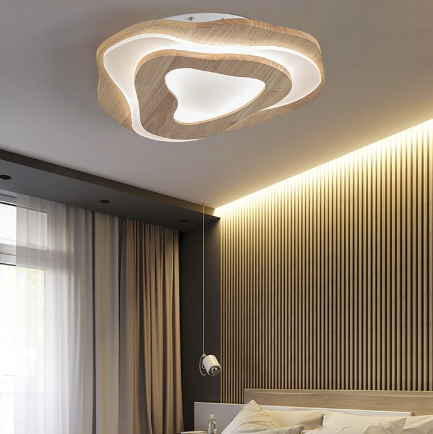

Pendant lighting adds a touch of flair to any room. From mini to large and single to linear suspensions, these eye-catching fixtures can dress up spaces as sculptural decorative pieces while also serving a vital function of providing focused, downlighting. In addition to defining your design aesthetic, pendant lights can also be paired with control functions that allow you to further customize daily illumination and save energy.
The Zomier pendant light’s overall style is determined by the shape of its shade or fixture body and the material from which it’s crafted. Pendants with openwork metal or fabric shades, for example, tend to collect more dust than those with glass shades. Bulb type is another important consideration, as LED and incandescent bulbs are the most popular options. However, halogen and CFL bulbs may be used in some designs, too, and these bulbs are often recommended for use with pendants with higher wattage than traditional ones.
The height at which a pendant light is hung is also important. Generally speaking, pendants should hang a minimum of seven feet from the floor. This is especially true for fixtures that will be installed over a table or work area, where you want to avoid the lamp’s bottom from hitting surfaces below it and creating glare.
To make sure your pendant light is hung at the proper height, try using a tape measure to mark out a line from the ceiling to the bottom of the fixture. This will help ensure that the light is evenly spaced above a dining or kitchen table and will prevent it from hitting any walls or ceilings in the room.
Depending on the size of your room, you might need more than one pendant to adequately light it. Clustered small pendants can be effective over a dining or kitchen island, and even a single large pendant can make a statement above a living room table. When selecting a number of pendants to hang, it’s best to choose a uniform look and be sure to leave enough room between each fixture for visual harmony.
In a dining room, pendants can be used to highlight buffets and sideboards or define a seating area. In a living room, they can illuminate end tables for reading corners or provide a focal point above smaller tables for games or conversation.
Whether your space is contemporary, traditional, rustic or somewhere in between, there’s likely to be a pendant that complements it perfectly. Browse our collection of one-of-a-kind pendants to find the perfect fixture for your home.
A pendant light’s nipple, canopy and chain/rod are all components that influence how the fixture looks and operates. The nipple holds the socket and bulb, which can be either standard or dimmable. The canopy conceals the electrical hookups, and the chain or rod connects the nipple to the shade. The finish is another important aesthetic consideration; metallic finishes like satin nickel, chrome and oil-rubbed bronze coordinate with a wide variety of decor styles.












